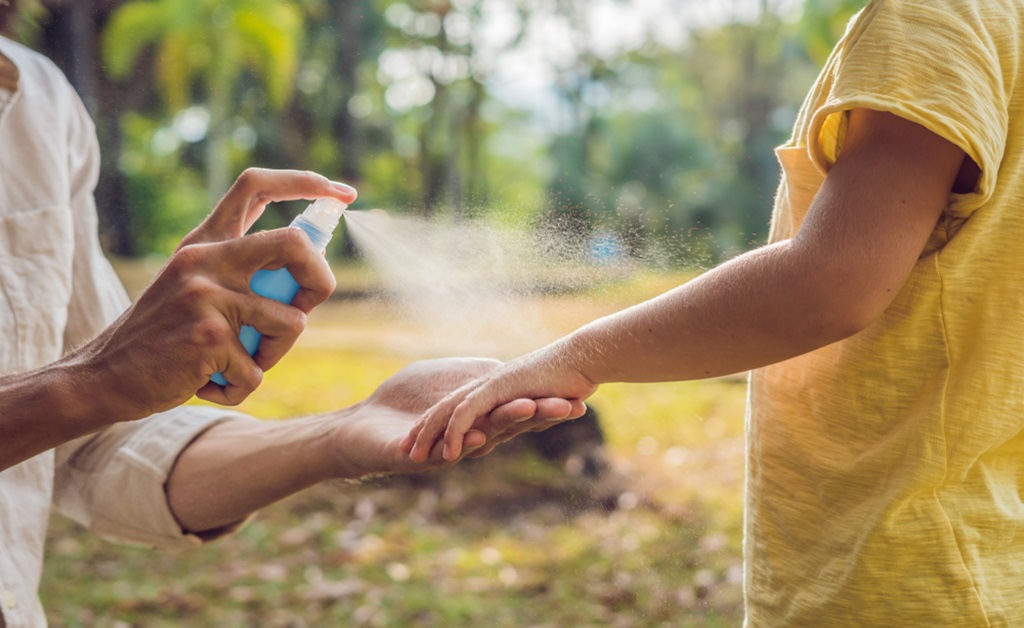We always seem to be fighting mosquitoes. So the question of when to spray for mosquitoes is often addressed through the lens of seasonal patterns. However, to truly gain the upper hand against these resilient pests, a more granular, lifecycle-linked approach is necessary. This blog post will consider the best time to spray for mosquitoes and when to start spraying for mosquitoes.
Understanding the Mosquito Lifecycle
Mosquitoes are everywhere, being both a pesky annoyance and a potential danger. Their life cycle is like a soap opera: eggs, larvae, pupae, and adults, all switching up depending on the environment, not the seasons. By understanding this dramatic timeline, we can seriously up our game in battling mosquito-borne illnesses.
When is the best time to spray for mosquitoes? Spraying during the adult phase is the most common intervention and typically occurs when mosquito populations peak, which often corresponds with warm, wet months. However, focusing solely on this window is like cutting down a tree by its leaves—it addresses the immediate problem without eradicating the root cause.
Targeting the Breeding and Feeding Phases
The mosquito population has a feast-or-famine dynamic, often corresponding less to temperature and more to available water sources. Leaders in Mosquito Control Sarasota will tell you this. It’s the stagnant puddles and clogged gutters that signal to mosquitoes that it’s the fertile season, not just the warm weather. Therefore, timing sprays to target these breeding locales—preventing larval and pupal development—is a more surgical and eco-friendly approach. There’s not necessarily a best time of day to spray for mosquitoes, but they tend to be more active at dawn and dusk.
Furthermore, acknowledging that mosquitoes, like clockwork, feed at certain times, is crucial. For species that feed at dawn or dusk when temperatures are milder, a mosquito spray for a home applied directly before these times could yield a more significant impact. We aren’t just interrupting their breeding; we are intercepting their activity at the most vulnerable moments.
Aerial Vs. Ground Sprays
Current mosquito control often balances the use of aerial and ground spray techniques, with the former being more widespread and the latter more targeted. Each approach has merit, but it’s the calibration of timing with mosquito lifecycle that will maximize their effectiveness. For example, aerial spraying is best when used early in the life cycle, targeting breeding grounds before larvae can mature. Ground spraying, with its localized application, is most effective against adult mosquitoes in their feeding times.
Concluding Thoughts
The traditional paradigm of mosquito control has been to aviate, blanket-like, across the landscape with pesticides, correlating solutions to seasonal changes. Now, by recognizing the intricate dance of the mosquito life cycle, we offer a more sophisticated, data-driven model for control.
This lifecycle-linked approach requires a nuanced understanding and agile response, demanding coordination between public health authorities and pest control services. As we pivot our strategies, we move from a reactive stance to a proactive engagement, where knowledge becomes our strongest weapon against these tiny yet devastating foes. It’s time to rethink our schematics and ensure that our counteroffensive is as dynamic as the adversaries it seeks to suppress. Now you know when to spray for mosquitoes, it’s time to get started.

